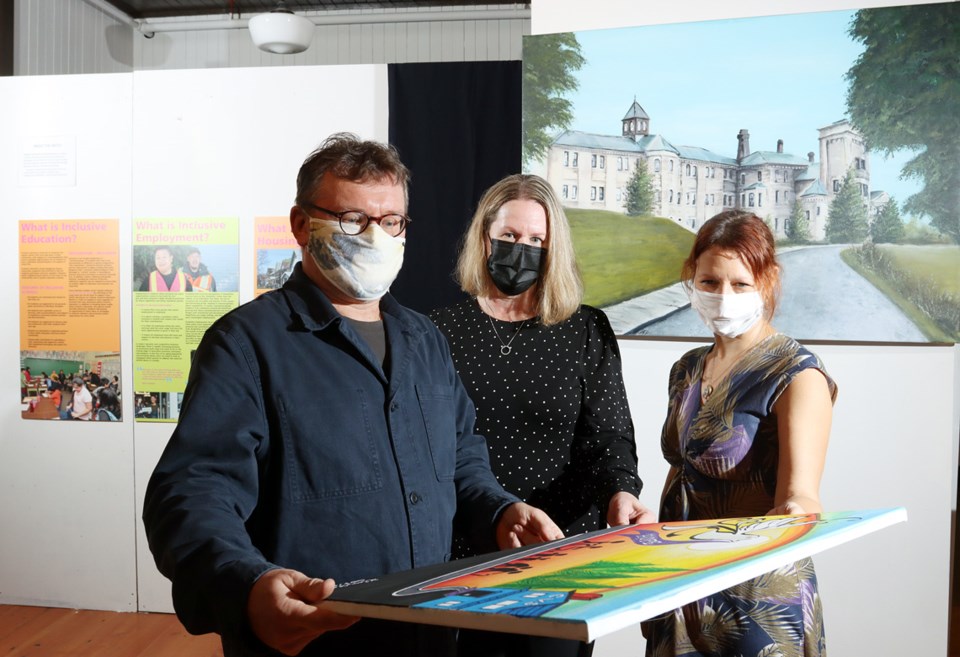The story of developmentally challenged people in the community isn’t always easy. It’s also rarely told.
While the former continues to evolve for the better, the latter is about to change.
A new exhibit at Port Moody’s Station Museum, in collaboration with the Community Ventures Society (CVS), InclusionBC and the BC Self Advocacy Foundation, traces the history, challenges and successes of efforts to enhance the lives of children, youth and adults living with intellectual and developmental disabilities. Through a series of informational panels, displays, artifacts, art work and even a short film that plays on a continuous loop, visitors can learn about various inclusive housing and employment initiatives that offer independence and build self-esteem. The exhibit also unrolls the progression of language and societal attitudes towards people with developmental disabilities and offers an opportunity to meet some through their personal stories of triumph and overcoming adversity.
But perhaps most significantly, it doesn’t shy away from a past that was anything but inclusive.
Several panels tell the difficult story of Woodlands, a former psychiatric hospital in New Westminster where many children with developmental disabilities were sent to be warehoused away from mainstream society.
Closed in 1996, many of its survivors and former residents have shared stories of abuse.
Linda King, the executive director of CVS, said “It’s important to show where we’re coming from so people can see the change.”
Miriam Hoolahan, CVS’s communications director, said, “Stories of the past inform where we are going.”
Station Museum co-ordinator Markus Fahrner said exploring the lives of a community’s marginalized groups is a mandate that’s often neglected by public institutions. But growing attention to issues like colonization is starting to change that.
“This is what our community is,” he said. “This is a true representation of our community.”
Fahrner said discussions with CVS about an exhibit on inclusion started last year, with the idea of highlighting the work the non-profit organization has accomplished since it was founded in 1978, but also to raise awareness of the contributions people with developmental challenges have made to the fabric of the community.
He said placing such an exhibit in a museum, where visitors might not expect it, is part of its point.
“It opens their eyes to look at things they may never have looked at before,” Fahrner said. “Reaching the wider public, that is the job of the museum.”
King said the message the exhibit conveys about people with developmental disabilities is powerful.
“We’re just like the general public and this exhibit is an opportunity to celebrate our community's diverse abilities," she said. "We just need a bit of assistance.”
King said she made sure to include her organization’s clients and their families in the process of putting together the exhibit.
“They’re very excited,” she said. “They’re very proud they’re being recognized.”
Such affirmation is a big component of inclusion, added Fahrner.
“You want to see yourself. You want to have representation.”
The Inclusion exhibit can already be viewed, but it officially opens Dec. 3, the International Day of Persons with Disabilities. It runs until June, 2022.




